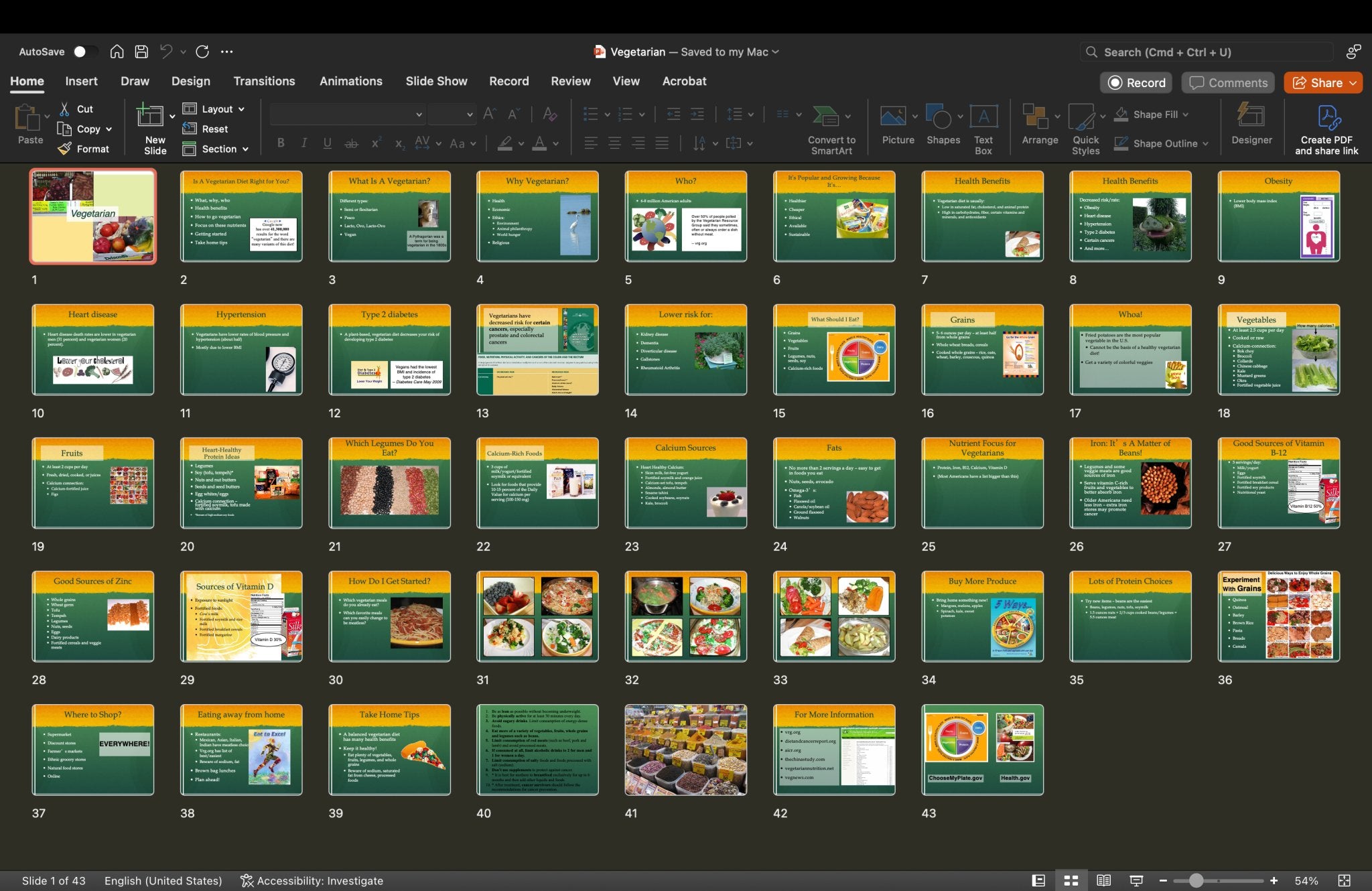There’s a lot of coronavirus confusion out there. From news reports and press conferences to social media and rumors, your clients, employees, and students are constantly exposed to new and sometimes conflicting information.
You can help clear up this confusion by sharing accurate, science-based information about the coronavirus pandemic. We’ve done the work for you with our new COVID-19 PowerPoint show with handouts. By learning the basics about the pandemic, we hope people will be better informed, stay safe, and even take steps to improve their health.
Here’s a sample of some of the many questions people are asking about the pandemic. Use them as a starting point for clearing up coronavirus confusion:
How can I stay safe? First and foremost, reiterate what everyone has been hearing about handwashing, wearing a mask, social distancing, and staying home when you’re sick. See all of the CDC’s prevention tips here.
How can I strengthen my immune system? This is a common question and many people are looking for a quick answer. Spoiler alert — there is none. But they can take this three-pronged approach to support good health and prevent chronic diseases:
- Eat a healthy diet that’s plant based, with plenty of fiber (MyPlate is always a good way to teach this!).
- Exercise at least 2.5 hours/week for adults (find more guidelines and the Move Your Way campaign here).
- Sleep well (see CDC tips here).
Can I go out? People are tired of staying home. As they see businesses opening up, they’ll want to get out more. But for some high-risk groups, this isn’t a good idea. Older adults and people who have certain underlying medical conditions need to take extra precautions. If you’re not high-risk, look out for those most vulnerable to COVID-19 by helping them with errands and wearing a mask. (Get the facts here.)
Do I have coronavirus? While you shouldn’t hesitate to call 911 when necessary, the CDC’s Coronavirus Self-Checker can help you figure out if you need to call your doctor to see about being tested.
As professionals, let’s keep the positive, science-based information coming! Spread the facts on social media using the CDC’s coronavirus social media kit.
COVID-19 PowerPoint Show and Handouts
$29.00 $49.00
Add to Cart

Poster Easel For Table Top Display
$29.00 $0.00
Add to Cart

Poster Frame 12X18 $24.95 Add to Cart

Poster Frame 18X24 $24.95 Add to Cart

















